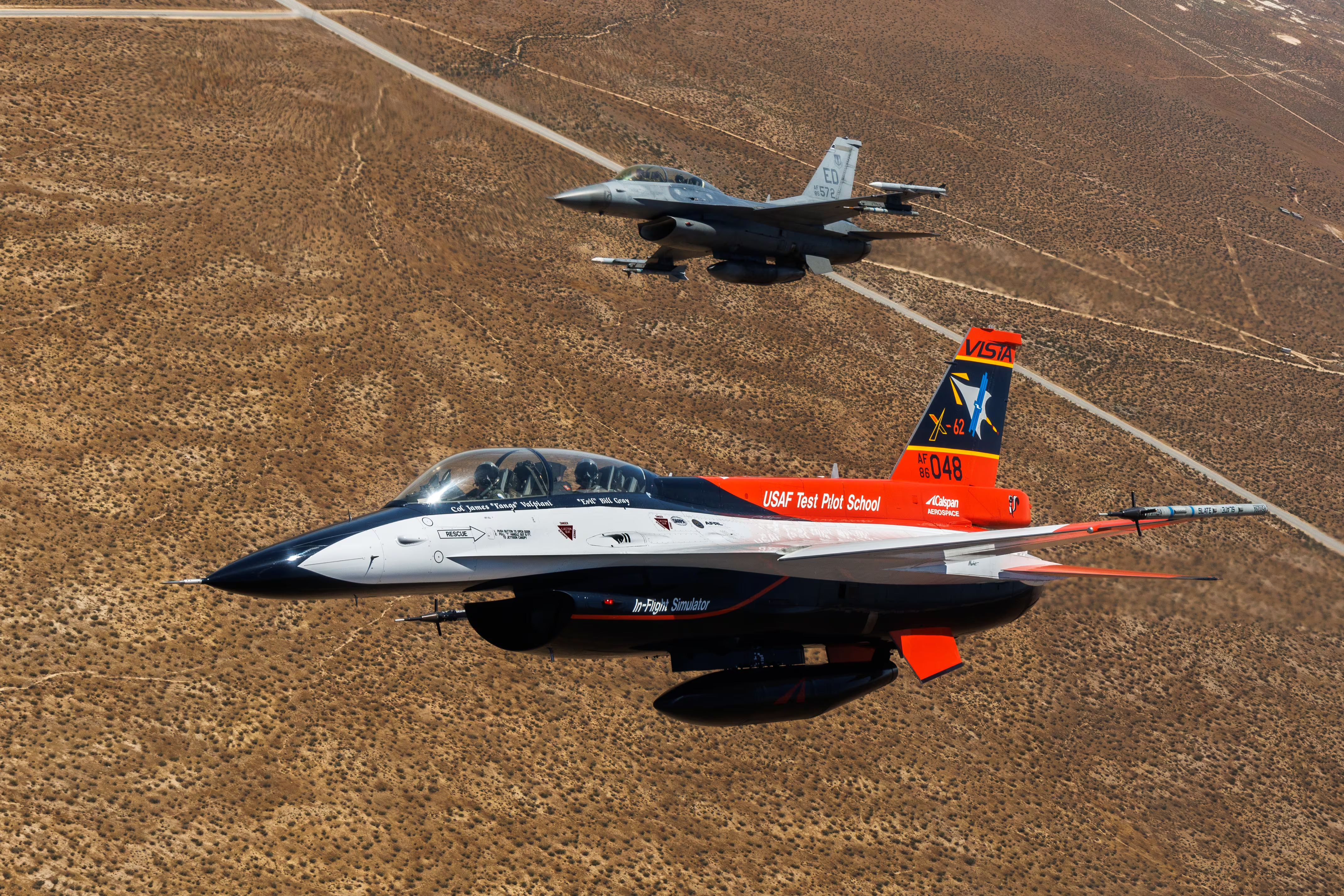It’s no secret — in the U.S., domestic defense companies have an advantage.
There are practical reasons why. Clearly, there’s a need to maintain a healthy industrial base. Related to that, idle production lines are expensive. Nobody wants to sacrifice U.S. jobs, nor would the economy thrive without the billions that filter in from export.
And then there’s lobbyists and political influences. That’s a factor, too.
Naturally, though, the global community is getting disenchanted. While visiting Europe earlier this year, I spoke to one manufacturer that said the favoritism even in competitions that are in theory open to international players is palatable. In just one example, his company was not granted access to documents tied to the procurement as early as domestic competitors because of the red tape associated with releasing them internationally, delaying the ability to move forward and — from his perspective — placing the company at a clear disadvantage.
Or consider the U.S. Air Force’s potential light-attack aircraft competition. It appears that will be a faceoff between Textron’s AT-6 and the A-29 Super Tucano manufactured in a Sierra Nevada Corp.-Embraer partnership. That’s not because other international players didn’t want in. Czech aerospace firm Aero Vodochody was accepted into the first light-attack experiment. But the company didn’t have enough time to push its aircraft through the clearance process to fly in the United States.
The CEO remains hopeful, telling one of our reporters at the Farnborough Airshow that he is confident that once the initiative advances to an actual program the U.S. will “have, obviously, a competition,” and that federal acquisition regulations will require the Air Force to give time to test the company’s aircraft.
But that’s not really true. In the words of Lt. Gen. Arnold Bunch, the service’s top uniformed acquisition official, “I’m seeing it as a competition between two airplanes.”
So what’s the harm? It’s not wrong that in a lot of cases, U.S. companies are the strongest competitors. Even in the light-attack aircraft experiment, Bunch was quite clear that no other offerings except the two final contenders met requirements.
Still, without a truly open market for competition, the potential for overreliance on our own domestic manufacturers exists. Consider the history of the Air Force’s Advanced Medium-Range Air-to-Air Missile, or AMRAAM, production. Because of reliability issues during tests with ATK-manufactured rocket motors in 2010, and no company domestically able to fix the problem, the Air Force didn’t receive deliveries of the missile for two years. Norwegian company Nammo invested more than $12 million of its own money in an alternative rocket motor for AMRAAM, got the Norwegian Air Force to fly the motors to Raytheon’s production facility in Tucson, Arizona, at no charge to the U.S. government in 2011, turned around a two-year production lag, and put the missile program ahead of schedule.
Perhaps the services are learning. The Air Force of course does have international representation in many programs, and among those competing for the trainer, albeit in a partnership capacity. And the U.S. Army’s modernization priorities, none of which can afford to linger in a sluggish acquisition process, have piqued the interest of many foreign companies, banking on an increased chance at playing in the U.S. market. We’ll see if that happens.
And then there’s promising moves from the Navy, which domestically has a very limited number of shipbuilders to choose from. Spain’s Navantia and Italy’s Fincantieri both landed contracts for design work before the Navy selects a design later this year for the future frigate. That means the service’s next surface combatant may be a European design. And it makes sense — as Lexington Institute’s Dan Goure noted, the U.S. has built one frigate in 40 years, while Europeans have been building them for decades.
Of course, Austal USA, Lockheed Martin and General Dynamics are also in the running. So we’ll see what happens.
Jill Aitoro is editor of Defense News. She is also executive editor of Sightline Media's Business-to-Government group, including Defense News, C4ISRNET, Federal Times and Fifth Domain. She brings over 15 years’ experience in editing and reporting on defense and federal programs, policy, procurement, and technology.








